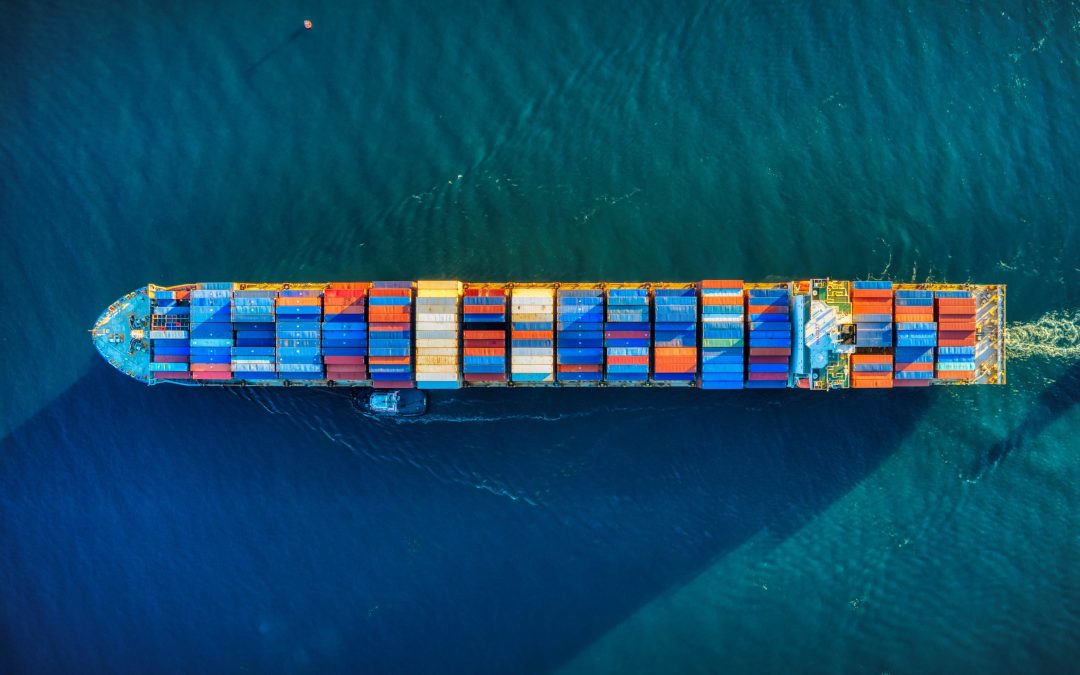As the world grapples with ambitious net zero targets, more focus than ever is being placed on the maritime industry. Decision-makers are increasingly looking towards new and innovative solutions to decarbonise at sea and electrification is fast emerging as an essential piece of the net zero puzzle.
Unlike for electric vehicle road transport, however, where the infrastructure is comparatively well-developed, the maritime sector has some way to go. Without comprehensive and robust charging capabilities, the transition towards hybrid and fully electric propulsion is difficult – this is where advanced offshore charging systems come into play. Not only can these systems support the adoption of alternative, clean energy sources, but they can also help to shape and evolve the offshore wind energy system itself.
Sea change: the evolution of offshore charging
Offshore charging represents a new generation of technologies that provide maintenance and standby fleets with the clean energy they need to operate at sea in the vicinity of available offshore power sources. These systems can vary in design and use, ranging from floating buoy charge points to fixed platform systems.
One of the key benefits of offshore charging technology is its ability to generate directly from renewable sources, providing 100% emissions-free electricity on location with superior efficiency. Able to capture wind power at a substantial scale, offshore wind farms integrated with charging systems can serve as charging hubs. This makes renewable energy available directly to vessels operating regularly nearby the wind farm without requiring a detour into port – reducing downtime and greatly extending time on the water.
By developing these systems, we can harness the power of wind to decarbonise segments of the offshore energy sector itself by using this energy to power the crew transfer vessels (CTVs), service operation vessels (SOVs) and standby guard vessels, which are critical for the maintenance and operation of wind turbines in remote locations.
Additionally, advances in high-capacity batteries and fast-charging technology will pave the way for scaling electrification – with an efficient and robust network of offshore charging infrastructure, we can unlock new areas of the sea accessible by low carbon, electric and hybrid vessels.
Overcoming the technological challenges
To realise the full potential of offshore charging systems, however, several hurdles need to be addressed. First and foremost is the technological requirement for efficient, resilient, low CAPEX & OPEX offshore charging infrastructure. Offshore environments are harsh, with saltwater corrosion, high winds and rough seas imposing very specific constrains on equipment design. Consequently, developing safe, durable, low-maintenance systems is critical for long-term viability.
Wind farm operators looking to adopt offshore charging solutions should consider in air systems, like Aquarius Eco and Aquarius Plus from Charge Offshore, which are installable on turbines, offshore substations and both floating and fixed foundations and structures. Being positioned out of the water well clear of splash zone, in air systems are far more durable and easier to maintain, offering much more cost-effective long-term charging.
These types of in air systems critically also offer the highest safety levels for users. The Aquarius range, for example, which has been specifically designed to suit a range of vessel sizes and battery capacities, offers hands-free connection, disconnection and overload release protection – guaranteeing the highest standard of safety, speed and reliability in all-weather operating conditions.
Testing the waters ahead of regulation changes
Regulation can be a blessing and a curse for the development of offshore charging and wider maritime electrification. On the one hand, different countries have varying maritime laws, and international waters add a layer of complexity in terms of jurisdiction, permissions and safety standards. The sector needs a coordinated approach to standardise and streamline these capabilities, opening up whole electric ecosystems which enable vessels to access multiple offshore charging hubs in a wide service area.
On the other, a number of regulatory developments, primarily in the UK and Europe, mean that companies will be increasingly incentivised to adopt lower carbon alternatives. For example, from 2027, the European Union’s Emissions Trading Scheme (ETS) will require shipping companies to surrender allowances for 100% of their reported emissions, which includes offshore ships of 5,000 gross tonnage (GT) and above, essentially raising the costs associated with high-emissions shipping. According to the ETS timeline, the inclusion of offshore vessels ranging between 400 and 5,000 GT is currently under discussion, a weight range which would include all SOVs and a proportion of CTVs. As regulations evolve and the push for decarbonisation strengthens, we’d fully expect enforcement of emissions restrictions to eventually spread to even smaller vessels over time.
As part of its ‘Route to Decarbonisation’ roadmap, the UK Chamber of Shipping recently set out £700 million of net zero investment priorities while calling on the government to update its 2019 ‘Clean Maritime Plan’. This roadmap contains a proposed 2030 deadline for offshore wind installations to be fitted with vessel charging capabilities; a target which, if followed through, will see rapid investment into offshore charging and infrastructure development over the next five years.
Setting sail toward a more sustainable future
Advanced offshore charging systems are a critical enabler of the global maritime industry’s transition to net zero, representing a transformational opportunity to accelerate the clean energy transition. Modern offshore charging systems have the ability to unlock the potential of clean energy in the maritime sector and beyond, driving significant emissions reductions and fostering energy resilience in an increasingly renewable-powered world.
What’s more, the evolving regulatory environment means that transitioning to lower carbon alternatives is not just the right environmental choice, but will eventually become a binding legal requirement.
To fully realise a net zero future, governments, the supply chain and technology providers must collaborate on scaling solutions, ensuring that the necessary infrastructure, regulatory frameworks and financing are all in place. By investing in offshore charging systems today, we are not only addressing the immediate need for maritime decarbonisation, but also building a sustainable foundation for the clean energy economy of tomorrow.






